Forest mushrooms in Vermont
4 min read / August 11, 2022
Our website uses cookies to improve your experience. To learn more about how we use cookies, please review our privacy policy.
Can't find what you're looking for? Please contact us.
The parts of a mushroom you see above the ground or on a tree are only part of the mushroom’s story. Most fungi are invisible to us most of the time. They live quietly underground, or in rotting wood, as fungal strands (called mycelium). When they are ready to produce spores for a new generation, they make the showy mushrooms that fascinate so many of us.
The Violet Coral (Clavaria zolllingeri) is a strikingly beautiful mushroom that looks as if it would be more at home on a tropical reef than the forest floor.
Violet Corals can be purple or pinkish-violet and up to about four inches tall. They are found in Australia, New Zealand, South America, and Asia, and less commonly, in Europe. You can also find them in northeast United States.
They tend to grow in near hardwood trees, with mosses or in grassy spots. This Vermont mushroom was found on conserved land in Newfane. At its base, you will see an acorn and an ash seed, as well as oak leaves. These clues tell you what that forest was like.
Don’t be tempted to pick them because their color fades when dried!
We found this gorgeous Lion’s Mane (Hericium erinaceus) at our Brewster Uplands property in Jeffersonville.
This edible fungus is also called bearded tooth or bearded hedgehog mushroom.
It is found throughout the northern hemisphere, growing in large clumps on dead or dying hardwood trees, particularly beech and maple. The icicle-like teeth carry spores that will blow on the wind, land on another dead tree, and grow new mushrooms.
An individual lion’s mane mushroom can live up to 40 years, producing the visible shaggy spines some years, and remaining hidden within the wood in others.
Lion’s mane usually starts growing on trees that are already dead. Occasionally it grows in living trees, and in those cases causes damage or even death.
Pholiota is both the scientific name and the common name of this striking autumn mushroom. There are several species that are easily confused, but all live on trees, most commonly maple, elm, beech, and birch.
The hyphal strands live in the wood all year long. In the colder weather of October and November the strands make these colorful clusters of mushrooms.
These were found in an old forest on conserved land in eastern Vermont. The owner chose to allow the woods to mature without active management. Old trees, standing snags, and dead wood on the forest floor provide habitat for a lots of different mushrooms, slime molds, and other fungi.
Please note that Pholiotas are poisonous!
An old forest in winter is a great place to find fungi, especially hard, woody fungi like this horse’s hoof. This mushroom is also known as tinder fungus and is found throughout the world. It has been used as a fire starter for at least 5,000 years! Once ignited, one of these fungi can smolder for a long time.
Tinder fungus is a tree pathogen. It grows on living trees, penetrating cracks in the bark and growing into the wood, ultimately killing the tree. Completing the cycle, it helps decay the wood and return its nutrients to the forest.
Did you know oyster mushrooms (Pleurotus ostreatus), named because of their oyster-shell shape, are carnivorous? These common Vermont mushrooms produce a chemical that kills nematodes, which, when digested, are a source of nitrogen.
They grow on dead and dying trees worldwide. They help to break down the wood.
Also called hiratake, oyster mushrooms are edible and prized. They were first cultivated in Germany as a subsistence measure during World War I. They continue to be grown and sold worldwide, along with the related king oyster mushroom. They are often collected from the wild, too.
But, there are toxic look-alikes, so please do not eat them from the wild unless they have been identified by an expert!
Sulfur shelf, chicken mushroom, or chicken of the woods (Laetiporus sulphureus) is easy to identify. Look for groups of large, bright orange-yellow brackets growing near the bases of trees.
While there are a few species of sulfur shelf in North America, this one is the most common in our region. It usually grows on dead hardwood trees, especially oaks, and helps to decompose the wood. But it can also be found on living trees; in this case, the fungus will eventually cause the tree to die. Sulfur shelf is a polypore, meaning that underneath it has tiny pores, or holes, rather than the gills we associate with so many mushrooms.
Despite a similar common name, chicken of the woods is not the same as hen of the woods though both are edible. Many people think the sulfur shelf tastes like chicken, hence its name. In any case, if you choose to eat it, harvest it young and tender, and be absolutely sure it is properly identified and that it is growing on a hardwood tree.
If it is growing on a softwood tree, such as hemlock, pine, or spruce, do NOT eat it—it is probably a different species of sulfur and may not be edible.
The fly agaric (Amanita muscaria) is one of the most recognizable and iconic of our wild mushrooms, with its brightly colored cap, distinctive white spots, and the so-called “veil” that resembles a collar on the upper stalk.
The spots and the veil are both remnants of a covering that breaks apart as the mushroom matures. Fly agaric is often called a “toadstool,” which usually means a colorful and poisonous mushroom.
Indeed, fly agarics are poisonous unless treated carefully, as are all members of the Amanita group. Growing in forests worldwide, this mushroom has been used in religious ceremonies in Siberia and perhaps other places.
There are several varieties of this Vermont mushroom, with caps ranging from pale yellow to orange to deep red.
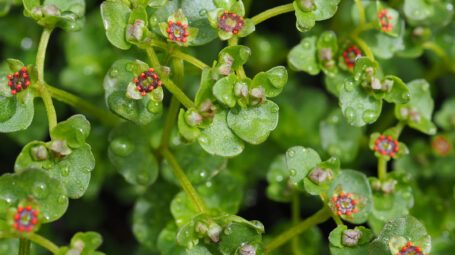
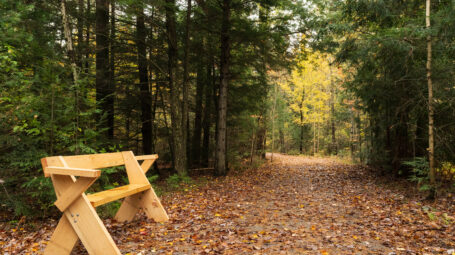
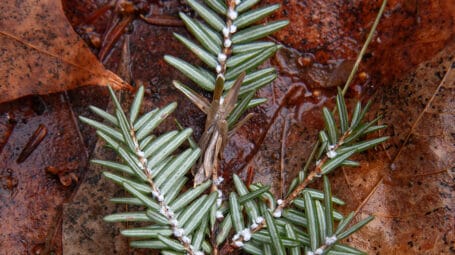
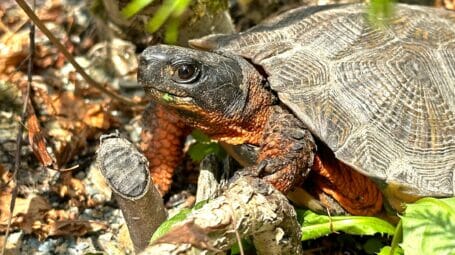
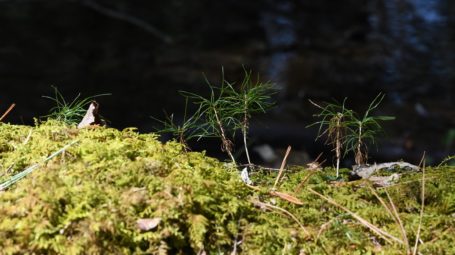
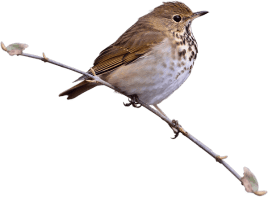
We generally send two emails per month. You can unsubscribe at any time.
We usually send two emails per month. You can unsubscribe at any time.